charming samples of unusual alphabets, fonts, and signs
When it first appeared, this is a book I used to pick up and browse in bookshops, wondering whether to buy it or not. There was no need to be so cautious, because it’s quite cheap, and since taking the plunge it’s given me hours of enjoyment. Basically, it’s a sample book of fonts, characters, trademarks, alphabet designs, logos, and dingbats. But what makes the book so attractive is that the collection is both eclectic and suffused with a period charm of the inter-war years.
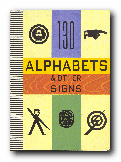 Many of the designs and fonts are drawn from that period – with a hint of colonial nostalgia in labels from products destined for Africa, China, and India. Even the pages are printed in a pre-faded manner and cut with rounded corners. But there’s also the cosmopolitan up-side to the same tendency, with fonts from the Victorian revival, Russian constructivism, and even an alphabet cut in bone by French prisoners during the Napoleonic wars.
Many of the designs and fonts are drawn from that period – with a hint of colonial nostalgia in labels from products destined for Africa, China, and India. Even the pages are printed in a pre-faded manner and cut with rounded corners. But there’s also the cosmopolitan up-side to the same tendency, with fonts from the Victorian revival, Russian constructivism, and even an alphabet cut in bone by French prisoners during the Napoleonic wars.
There are elaborate display fonts, shaded letters, monograms, a set called ‘Huxley Vertical’ which seem like a precursor to Neville Brody, a selection of ink blots, labels from Joan of Arc laxatives, labels for matches, cigarettes and drinks, a two-page spread of ampersands, examples of visiting cards, Japanese packaging labels, even a typographic book-cover design by Natalia Goncharova from 1920s Paris.
Don’t expect any scholarly rigour. Although the collection is interspersed with a few short essays, there are very few technical details given. Many of the fonts are not even even given a name or credited by a caption. A full alphabet in Cyrillic on a single page is left to speak for itself. But somehow this doesn’t really matter.
The compilation is very obviously offered just as a source of visual stimulation, and it works marvelously. It would be a jaded aesthetic palate indeed which was not stimulated by the range and vitality of this collection. It’s a treat, from first page to last.
© Roy Johnson 2000
Julian Rothenstein and Mel Gooding (eds), 130 Alphabets and Other Signs, London: Thames and Hudson, 1993, pp.183, ISBN: 0500277419
More on typography
More on design
More on media
More on web design
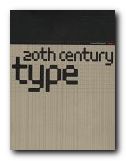
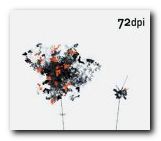
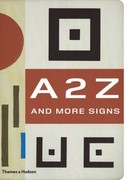
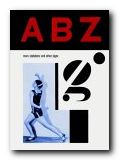
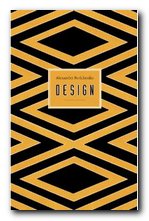
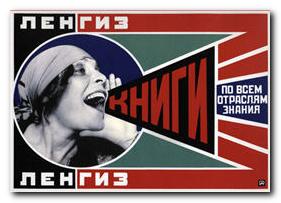
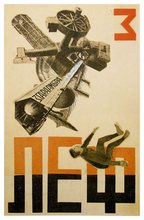 In fact the depictions of his subjects become more and more heroic, almost in inverse proportion to the degree of social and political misery in the Soviet Union under Stalin. There is very little evidence (anywhere) of his work beyond 1940, even though he lived until 1956 – although there is one astonishing image in this collection dated 1943-44 which you would swear was a Jackson Pollock painting. But it seems quite obvious that the creative highpoint of his career is the 1920s, when he was free to experiment and theorise with his fellow pioneers, and even (dare one say it) when the state encouraged and supported such experimentation.
In fact the depictions of his subjects become more and more heroic, almost in inverse proportion to the degree of social and political misery in the Soviet Union under Stalin. There is very little evidence (anywhere) of his work beyond 1940, even though he lived until 1956 – although there is one astonishing image in this collection dated 1943-44 which you would swear was a Jackson Pollock painting. But it seems quite obvious that the creative highpoint of his career is the 1920s, when he was free to experiment and theorise with his fellow pioneers, and even (dare one say it) when the state encouraged and supported such experimentation.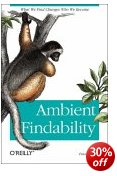
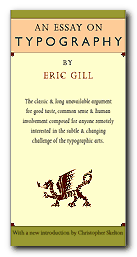
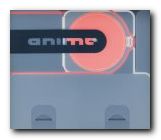
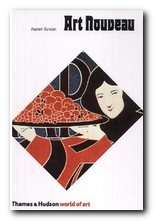
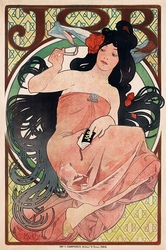 Strangely enough, there was no Art Nouveau school of painting, mainly because it constituted an approach to design. It was in the realm of posters, woodcuts, illustrated books, and typography that it made its greatest impact, and there are excellent examples of posters by Lautrec, Mucha, and Bonnard. These were works which gave birth to the figure that came to symbolise fin de siecle Paris and la Belle Epoque – a young woman with serpentine hair, clad fashionably in jewelled or feathered headgear and wearing immense sweeping skirts, all of which flowed abundantly to fill the frame of the picture. It’s amazing to realise that these romantically stylised images were being used to advertise such mundane objects as bicycles, wine, household soap, and cigarette papers.
Strangely enough, there was no Art Nouveau school of painting, mainly because it constituted an approach to design. It was in the realm of posters, woodcuts, illustrated books, and typography that it made its greatest impact, and there are excellent examples of posters by Lautrec, Mucha, and Bonnard. These were works which gave birth to the figure that came to symbolise fin de siecle Paris and la Belle Epoque – a young woman with serpentine hair, clad fashionably in jewelled or feathered headgear and wearing immense sweeping skirts, all of which flowed abundantly to fill the frame of the picture. It’s amazing to realise that these romantically stylised images were being used to advertise such mundane objects as bicycles, wine, household soap, and cigarette papers.